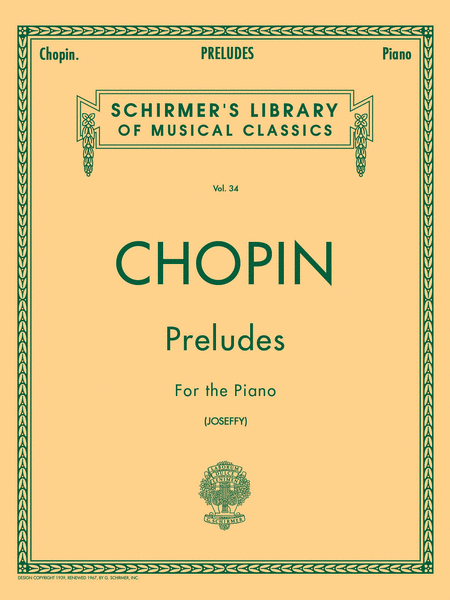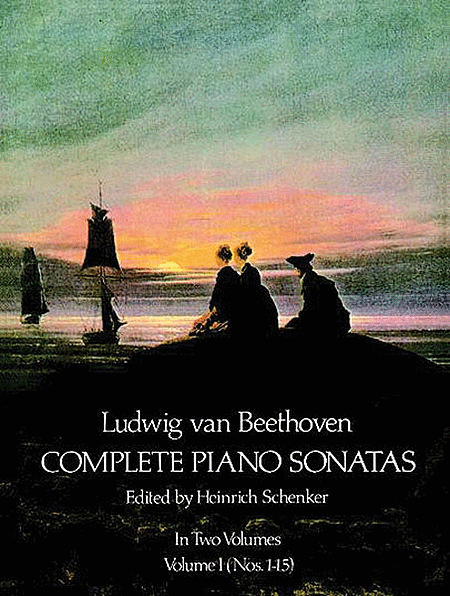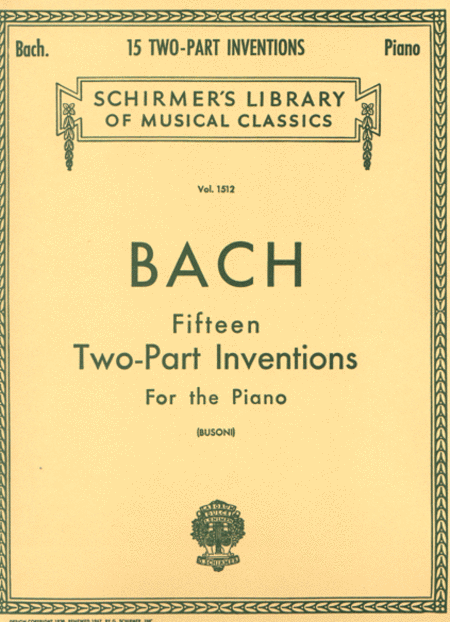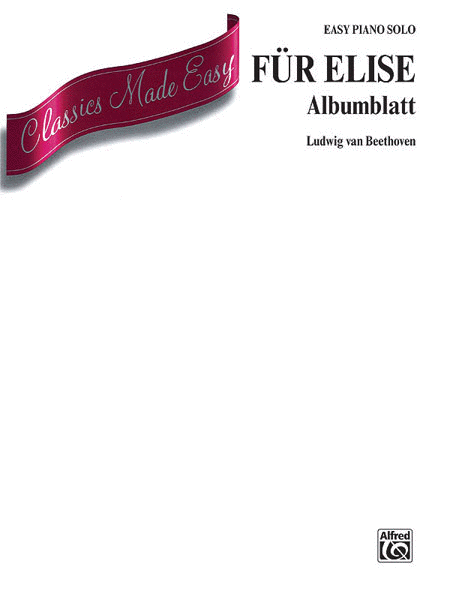Jakob Ludwig Felix Mendelssohn Bartholdy (1809 –
1847), born and widely known as Felix Mendelssohn, was
a German composer, pianist, organist and conductor of
the early romantic period. Mendelssohn wrote
symphonies, concertos, oratorios, piano music and
chamber music. His best-known works include his
Overture and incidental music for A Midsummer Night's
Dream, the Italian Symphony, the Scottish Symphony, the
overture The Hebrides, his mature Violin Concerto, and
his String Octet. His Songs With...(+)
Jakob Ludwig Felix Mendelssohn Bartholdy (1809 –
1847), born and widely known as Felix Mendelssohn, was
a German composer, pianist, organist and conductor of
the early romantic period. Mendelssohn wrote
symphonies, concertos, oratorios, piano music and
chamber music. His best-known works include his
Overture and incidental music for A Midsummer Night's
Dream, the Italian Symphony, the Scottish Symphony, the
overture The Hebrides, his mature Violin Concerto, and
his String Octet. His Songs Without Words are his most
famous solo piano compositions. After a long period of
relative denigration due to changing musical tastes and
antisemitism in the late 19th and early 20th centuries,
his creative originality has been re-evaluated. He is
now among the most popular composers of the romantic
era.
Although they have opus numbers, the last two books of
Mendelssohn's Lieder ohne Worte are not really genuine
"opera." This is especially the case with the pieces
assembled as Op. 102 and published in Bonn after the
composer's death. Two of these, Nos. 3 and 5, composed
on December 12, 1845, may be Mendelssohn's last works
for piano. The set contains works in major and minor
keys and a variety of song types, including solos,
duets, and part-songs.
As in every book of Mendelssohn's Lieder ohne Worte,
the first piece resembles a solo song. Through a
syncopated pattern in the right hand Mendelssohn
creates an atmosphere of agitation. The soaring melody
provides a foil to the constantly leaping left hand,
the ungainly octaves of which plod throughout the
piece. Harmonically, the piece is not adventurous,
straying from E minor only once, to the tonic
major.
The second of the set is primarily a duet in texture,
although there are moments in which there are three and
even four voices. Marked Adagio, the D major piece
moves between polyrhythmic and homorhythmic passages.
After a brief, intense push toward "sharp" harmonies in
the middle section, we hear a return of the opening
material, compressed and modified to provide a firm
close.
No. 3, in C major and 6/8 meter, is fast and
dance-like. The division between the accompaniment,
consisting of block chords, and the leaping,
single-line melody is clear. The nature of the melody,
which is mainly a series of neighbor-tone motions
interspersed with a few rising scales, makes the
material of the piece more textural and gestural than
melodic. Mendelssohn closes the first part of and the
entire binary-form piece with a return to the
introductory neighbor-note figure, foregoing the
falling interval and rising scale that marks the A
section.
Swirling arpeggios mark No. 4, in G minor, which also
has the texture of a solo song. After two measures of
introduction, a melody begins that features powerful
chromatic alterations, particularly the flatted second
scale degree, which presses downward to the tonic note,
G natural. As the melody spins out into repeated
fragments of itself, the harmony changes and the
structure seems to fall apart. A reprise of the opening
measures of the melody, however, sets thing back on
track, although Mendelssohn does not hesitate to insert
a new figure before the close.
The fifth piece, in A major, is predominantly
duet-like, but the overall effect is more pianistic
than vocal. A syncopated pulse, to be played with the
thumb of the left hand, permeates the entire piece and
provides pedal tones around which the melody and bass
move gracefully. Passages that seem like reprisals move
off in new directions, although they are all based on
primary material.
No. 6 is a part-song, evident in its predominantly
homophonic texture, despite which it has the thinnest
sound of the set. More than in any other piece of the
Op. 85 set, outer parts move independently.
Source: AllMusic
(https://www.allmusic.com/composition/songs-without-wor
ds-6-for-piano-book-8-op-102-mc0002405359 ).
Although originally composed for Piano, I created this
Transcription of the Andante un poco Agitato from
"Lieder ohne Worte" (Op. 102 No. 1) for Piano.









